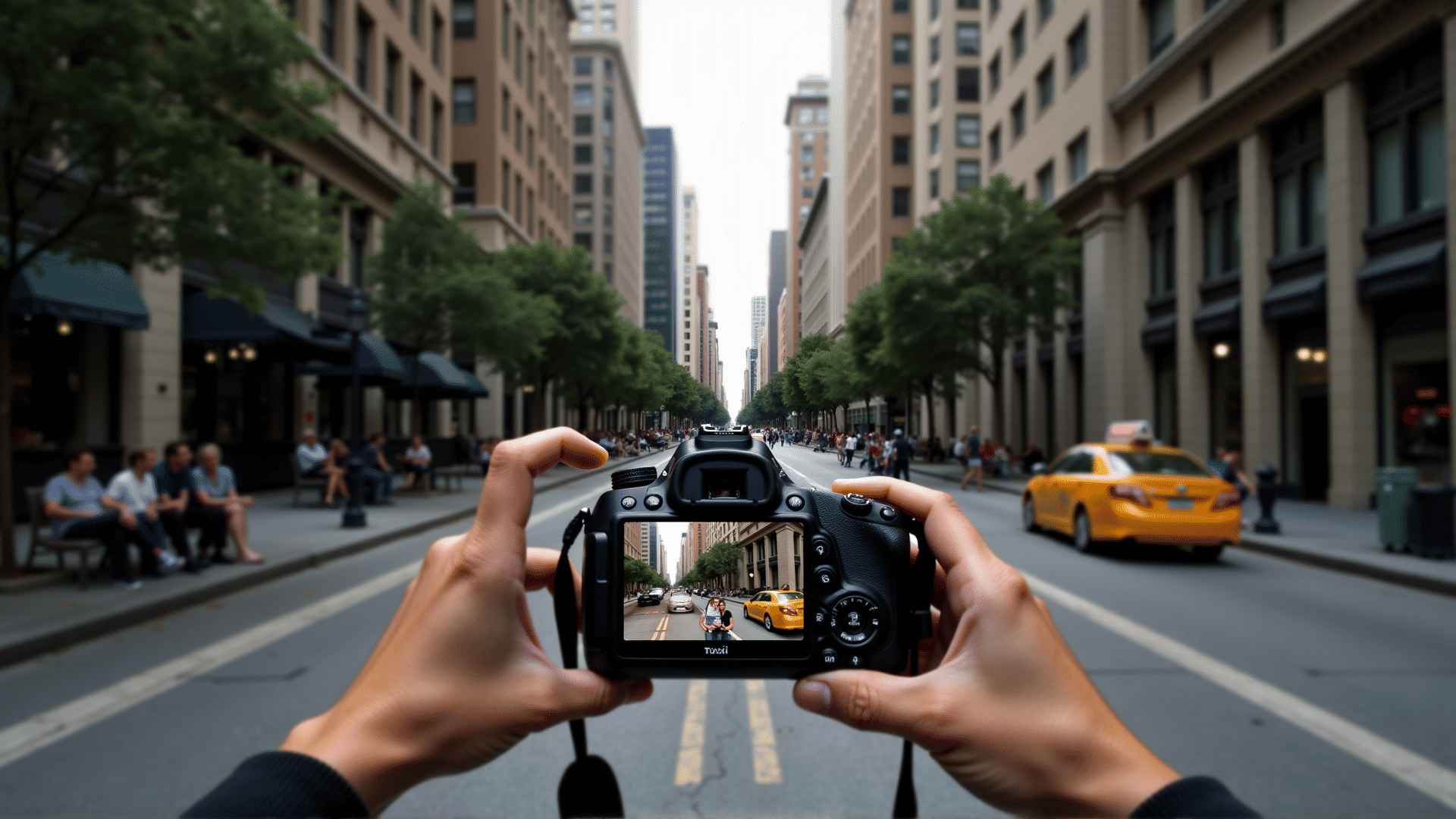In the vast universe of visuals, the skill of arranging elements within a frame to form an aesthetically pleasing image is an often-discussed subject. This artistry, based on a deep understanding and application of certain principles, transforms mere snapshots into compelling narratives.
Central to these techniques is the rule of thirds, a foundational concept that divides an image into nine equal parts using two horizontal and two vertical lines. By aligning the primary subjects along these lines or their intersections, creators can achieve balanced and engaging compositions. This approach draws in the viewer’s attention naturally, guiding their gaze through the scene seamlessly.
However, breaking the rules can create equally spellbinding results when done with intention. Centering a subject can provoke a sense of order and simplicity, making it extremely effective for portraits or symmetrical compositions. Another method is leading lines, which guide the viewer’s eye through the journey of the image. Roads, rivers, or even a row of lampposts can direct attention to the focal point, adding depth and dynamism.
Another vital aspect is the play of light and shadow. Recognizing how different types of illumination can alter the mood and impact of an image is crucial. Natural lighting, whether it's the soft glow of sunrise or the intense beams of midday, can evoke various emotions and atmospheres. Manipulating shadows can enhance contrast, add mystery, or highlight specific areas, enriching the narrative of the picture.
A keen eye for detail is imperative, as is understanding the varied effects of color and texture. Colors can set the tone - vibrant hues might inject energy, while muted palettes can calm or somber the visual story. Texture adds a tactile quality, inviting viewers to almost 'feel' the surface through sight alone, emphasizing realism and dimension.
Foregrounds and backgrounds also demand careful consideration. What lies in the periphery can either complement or distract from the main focus. Blurring unnecessary elements through a shallow depth of field can accentuate the subject, while a rich, sharp context might add layers to the storyline of a more complex scene.
Finally, it’s essential to understand that storytelling through visuals isn’t just about technique but about expressing a unique perspective. Each individual's interpretation and style add depth and personal touch to the composition, distinguishing it amidst a sea of visuals.
In mastering these elements, creators not only enhance their craft but also elevate their ability to convey tales through compelling visuals, turning a single frame into a window with endless stories waiting to be discovered.
